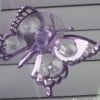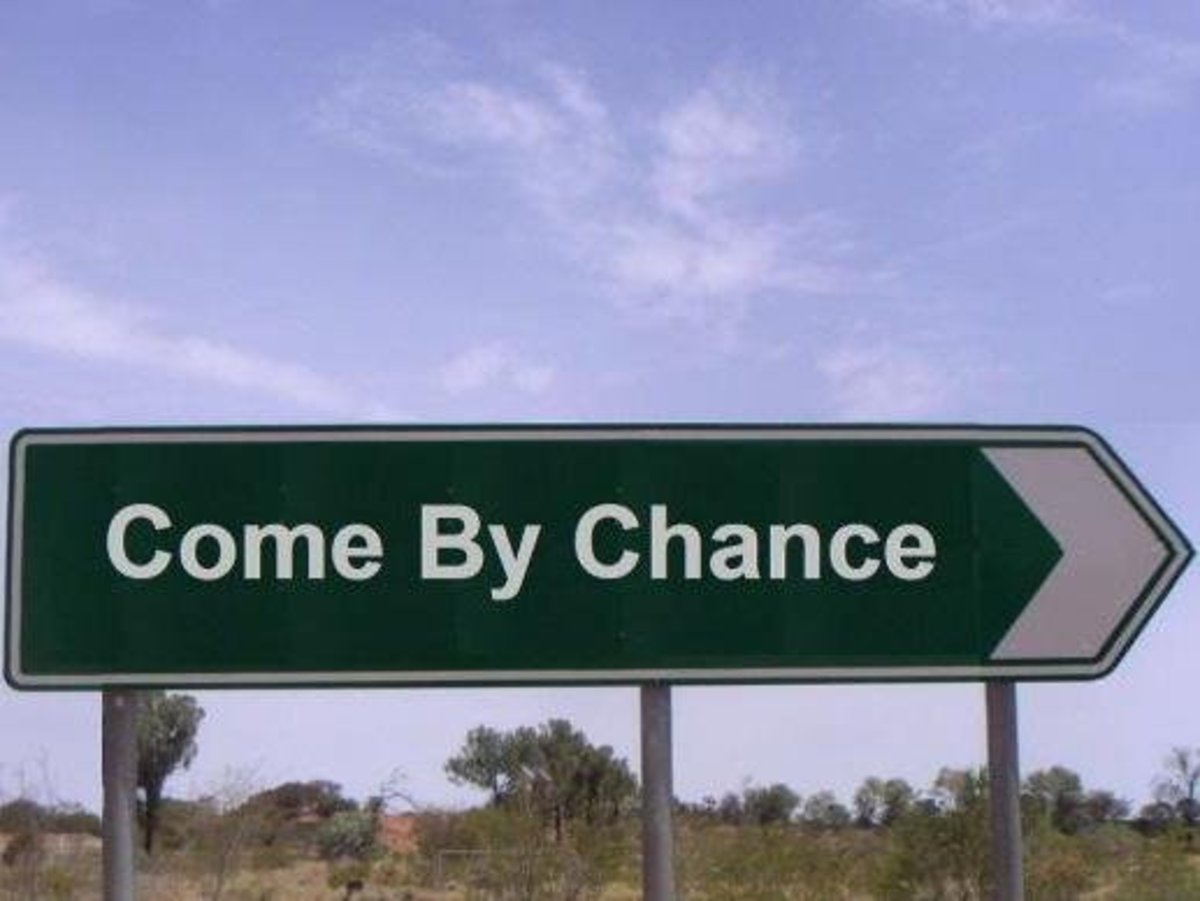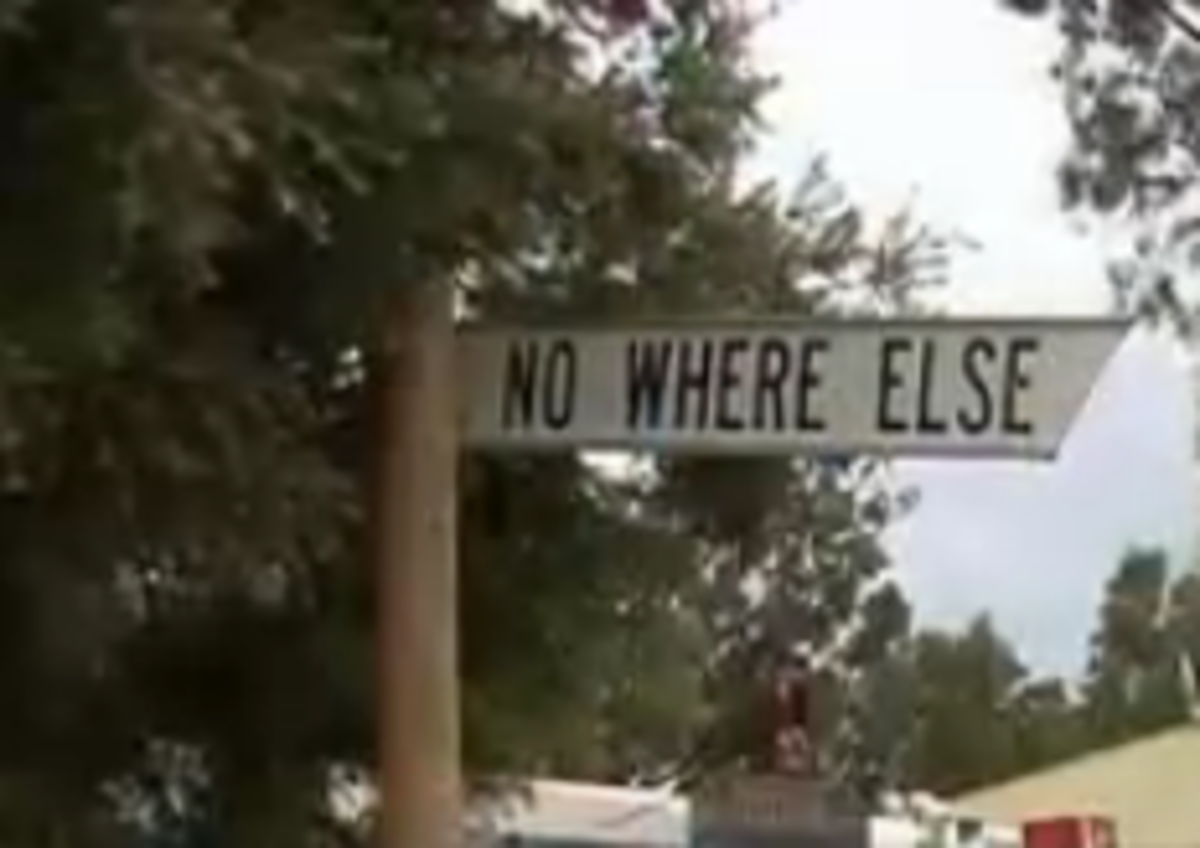- HubPages»
- Travel and Places»
- Visiting Australia & Oceania»
- Australasia
Visiting Sydney: Chinese Garden of Friendship
During a recent three-day holiday with my family in Sydney, I suggested (read insisted) that we visit the Chinese Garden of Friendship at Darling Harbour. Opened in 1988 as part of the city's bicentennial celebrations, the garden has become one of the sights of Sydney, listed in every tourist guide to the city. This made me, as well it may any visiting garden enthusiast, feel more than a little apprehensive. I couldn't help but wonder: is this going to turn out to be just another flashy tourist attraction, or is it really, as the blurb promised, an authentic creation, and one of the very few classical Chinese gardens to have been made outside China?
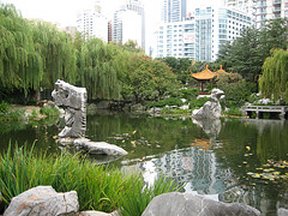
I had hoped for the latter, so it was comforting to learn that the garden celebrates the friendship that has existed between the people of New South Wales and the Chinese people since the earliest days of Sydney; that it was designed (and its construction supervised) by landscape architects from Sydney's sister city of Guangzhou; that many of the rocks and even the bricks used in its construction came from China; and that it is maintained under the watchful eye of Sydney's Chinese community.
The handsome gatehouse is guarded by a traditional pair of stone lions, carved in China from rare green granite. We entered beneath a gilded inscription that reads Yi Yuan, the Garden of Friendship -- and the razzmatazz of Darling Harbour was at once forgotten. We found ourselves in Ming-dynasty China, in a quiet, white-walled courtyard. It has not been planted for an initial knock-out display of color but with flowers chosen for their sweet scent: gardenias, magnolias, and the delicious Osmanthus fragrans. It is appropriately called The Courtyard of Welcoming Fragrance -- for of all the pleasures a garden can offer, scent is the most evocative.
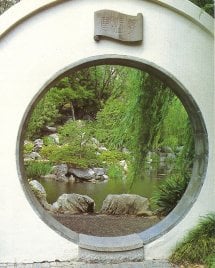
Pavilions of Pleasure
From there we could pass either to the right or the left, along a covered verandah beside an artificial stream or through other courtyards - but either way, we soon found ourselves in a pavilion overlooking the garden's central feature, a lake rimmed with rocks and overhung with weeping willows. Facing us across the water is an artificial hill planted with cedars and other trees. Here, as generations of poets and painters have told us, is the essence of the Chinese landscape: shan-shui, mountain and water. That is the leading, but not the only, theme of this garden, too.
The garden is arranged around the lake, but there is rich variety to be found as we walk its paths - now close to the water, now high above it among the trees and rocks, now retreating into secluded courtyards, now coming back into the open. At key points there are pavilions in the elegant style of Southern China. Some are simple gazebos, others are more substantial - such as the two-story tea-house, or the splendid pavilion crowning the "mountain". They are inviting places to rest and enjoy the different garden views, and to admire the calligraphy and other works of art that adorn them.
'Why are the flowers so red, as red as burning flames?
Ah, they speak of love and friendship!'
Chinese folk song from Xinjiang province.

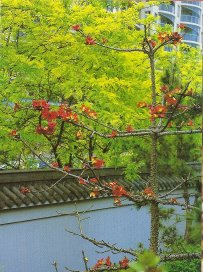
The flowers and trees are coming into maturity, though to a Western gardener accustomed to the idea that plants are the most important feature of a garden, they may seem to have been given less importance than the buildings. Not so. The Chinese love flowers, too, but theirs is a crowded country, and to make the most economical use of land, they have always built their houses around courtyards. The wealthier the owner, the more courtyards he can have, and the grander the horticultural fantasies he can indulge within them. Always, house and garden are intertwined, the one setting off and complementing the other. It is just such a wealthy man's house and garden that are evoked here.
Artful Ideas
He must have lived well, too -- the Garden of Friendship would be a delightful place to take up residence. But it isn't for sale, so we must content ourselves with visiting, and taking away ideas for our own gardens. The Chinese style might be a trifle exotic for most of us; but there are many ideas that could be adapted, especially for a small city garden.
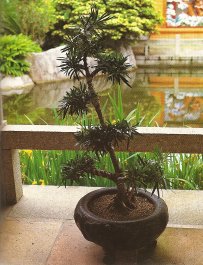
You will notice, for example, how the walls and buildings are almost all designed in quiet tones of white, pale gray and dull dark red, so that the greenery almost sings against them; the artfully simple way a small courtyard displays just a very few choice plants against a plain backdrop; the decoratively patterned paving in some of the courtyards, which wouldn't be too difficult to recreate in pebbles or small cubes of stone. You will also notice the way in which the designer has framed the views from one space to the next - so that even the smallest corners don't feel cramped; and the way he has provided covered places to sit and listen to the rain drumming on the banana leaves and splashing in the pond.
Chinese Garden of Friendship
Further Reading
Common Ground
The climate in Guangzhou, China, is similar to Sydney's, so the plants displayed in the Garden of Friendship are an authentic selection of those found in gardens there. Of course, not all are native to China itself, but the majority are -- and it is testimony to the debt our gardens owe to China that just about all of them are familiar garden plants in Australia, too.
Photo Credits
Top photo of the lake and pavilion by mayak2 @ Flickr.
All other photos used on this Hub were taken by and remain the property of Nemingha 2009.
Visitor Information
The Chinese Garden of Friendship is at Darling Harbour, Sydney, adjacent to Chinatown. The gardens are open daily from 9.30am and close at 5pm - 5.30pm, depending on the season. Parking is available at both the Sydney Entertainment Centre and the Sydney Convention & Exhibition Centre car parks.
Link
- Osmanthus fragrans - Wikipedia, the free encyclopedia
Osmanthus fragrans is one of the world's best perfumed plants. It comes from China and Japan, and is usually seen in gardens as a shrub around 3m (10') tall ...
